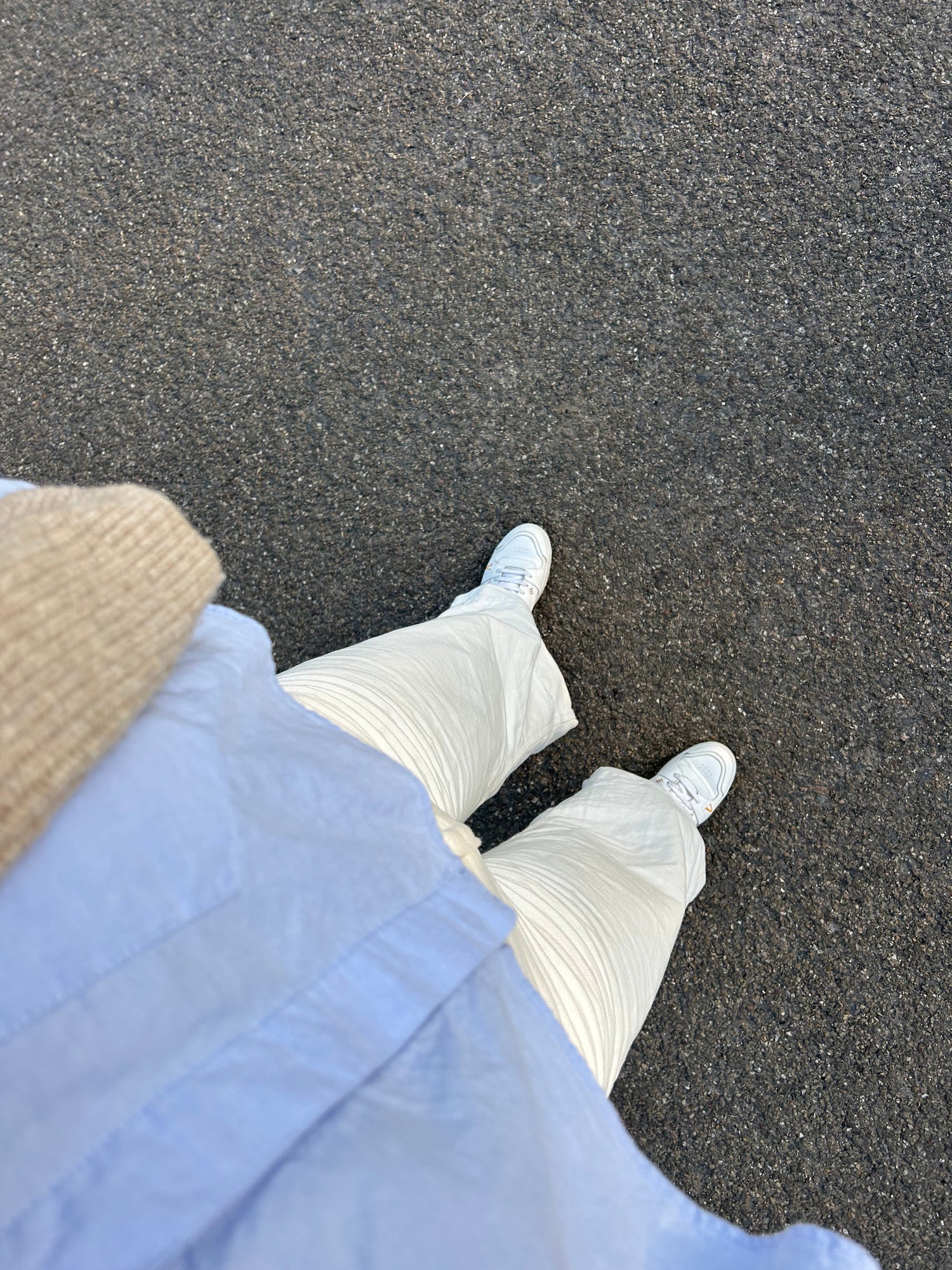Creating vegan sneakers that are stylish and do not harm animals or the planet is possible. To move forward with this innovative project, we need a replacement for animal leather: at VLACE we use organic materials.
Whether you've heard of them or not, the term bio-materials sounds technical. The goal of this article is to debunk the myth about how difficult it is to create durable materials from non-animal substances, paving a path to a more sustainable future.
A bio-material is a material made from biological organisms such as plants, bacteria, fungi and other life forms. After mixing the natural material with a binder, we obtain a paste that is applied to a textile base material that forms the fabric of our shoes.
We are proud to say that at VLACE we only use vegan components to make our sneakers, such as plants and fruits with recycled and bio-based plastic. This allows us to make sneakers with leather-like fabrics while using as little plastic as possible. By doing this, our bio-based sneakers emit 26% less CO2 than fully plastic sneakers and 79% less than leather sneakers.
- WHY FIND A VEGAN ALTERNATIVE TO ANIMAL LEATHER?
The CO2 emissions generated by the textile industry (clothing and footwear) amount to 4 billion tonnes* per year. To put it in perspective, that's more than the impact of international flights and maritime transport combined.
Regarding animal leather, it is boycotted by vegans for two main reasons:
- Animal suffering
- High ecological footprint Cattle farming is the second biggest contributor to CO2 emissions, as cattle emit methane gas. In addition, products made from cowhide have a colossal water footprint. An average pair of leather slippers uses 7,612 liters of water - enough drinking water for one person for more than 10 years.
Furthermore, according to PETA, "Over the past five decades, 70 percent of the Amazon rainforest has been cleared to make way for pastures or to grow feed crops. This large-scale deforestation is leading to habitat loss for millions of species, eliminating the Earth's tree canopy, and driving climate change."
In addition, the tanning industry uses toxic products that are poisonous to biodiversity. According to PETA, "converting animal skin into leather requires massive amounts of energy and hazardous chemicals, including mineral salts, formaldehyde, coal tar derivatives, and various oils, dyes, and finishes, some of which are cyanide-based."
170 of the chemicals used in leather tanning are likely to be harmful to soil and agricultural land; contribute to air pollution; pose risks to wildlife; and generate hazardous waste in various forms and immense overall waste volumes. For example, waste water from leather tanning processes contains significant amounts of contaminants, including salt, lime mud, sulphides and acids.
According to PETA, "the tanning process stops the collagen or protein fibers in the hides from biodegrading - otherwise, the leather would rot in your closet." The tanning process is also dangerous for those who work or live near tanneries, as they are exposed to these toxic chemicals, which increases the risk of cancer.
In summary:
-
Cow-based leather has a higher carbon footprint than bio-based materials.
-
The tanning of leather harms the environment in many ways.
-
Leather is responsible for massive land use and deforestation.
-
THE DEVELOPMENT OF VEGAN MATERIALS




